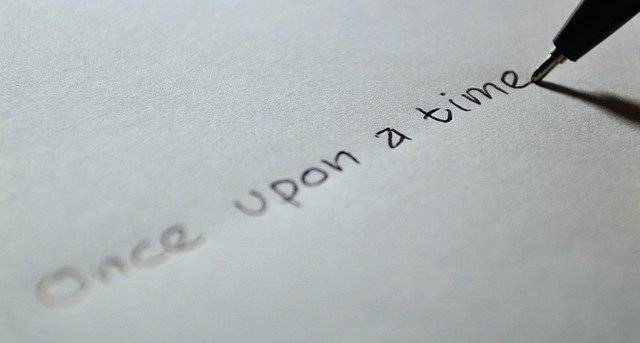Writings expressed on tangible forms are copyrightable only if they are original and creative. The thresholds are low, but they still have to be satisfied.
Originality
Originality checks whether a writing has been independently created. The question is not about similarity of works, it is about independence of expression. As long as a writer has independently written her work, it will not matter if the work is similar or identical to another work.
Example: If X writes a poem, and it is identical to a poem written by Y, X’s poem will be considered original if she has written the poem independently, and did not have access to Y’s poem at all. If Y had published the poem online, access will be presumed, and the burden is on X to prove that she independently created it.
In the normal course, originality is not assessed at the time of copyright protection. It will be analysed only if another writer raises originality objections to copyright protection.
Writers are generally advised to read as much as possible, especially in their genre of writing to understand patterns, styles, and expressions. This might however prove to be detrimental to a writer’s originality as many writers sub-consciously copy expressions of their favourite writers. Most instances of sub-conscious copying are not actionable under the copyright law, but some instances are, and they can give rise to originality and infringement causes of action.
Creativity
Creativity is important for copyright protection. It is as important as the other requirements, but relatively easy to satisfy. Copyright law requires a minimum amount of creativity, or a modicum of creativity, to afford protection. What is minimal is not mathematical and is decided on a case to case basis. It may however be safely stated that protection is rarely rejected based on this requirement.
Example
(This example provides one instance of how minimum the expectation of creativity is under the copyright law.)
Directions
Start;
Take right;
Take left at wall;
Take left;
Walk;
Metro Station on left.
This is most certainly not creative.
Directions
As soon as you exit the building, you will find a road going towards the right. Take that road, and take a left when you hit a T junction. Keep to your left on this road as the traffic is always high. You will reach a double road within two minutes. Take a left on the double road, and walk for about five hundred metres. The metro station will be on your left.
Is this creative?
Yes, these directions meet the creativity standards required for copyright protection. The difference in creativity between these directions and the earlier ones is the modicum of creativity required under the copyright law. The extent of creativity cannot be quantified, and the assessment is a qualitative one.
To summarize, work of a writer is copyrightable if it is expressed on a tangible medium, is original, and if it has a modicum of creativity. Copyright protection is automatic, and registration is not required. However, registration has certain advantages.
The next set of posts authored by my colleagues Ashwini Arun and Arjun Kansal will focus on the process of copyright registration, which is a simple, cost effective procedure that can be undertaken by the writer on his own.
Note: If you are a writer and would like us to answer specific questions, please write to [email protected] with the subject: Copyrights and Writers.
Suggested Reading
- Chapter 3, Fun IP, Fundamentals of Intellectual Property, Dr. Kalyan C. Kankanala (2012).
You can read Part 2 of Copyrights and Writers here – https://www.bananaip.com/ip-news-center/write-keep-writing-the-world-will-copyrights-and-writers-part-2/



